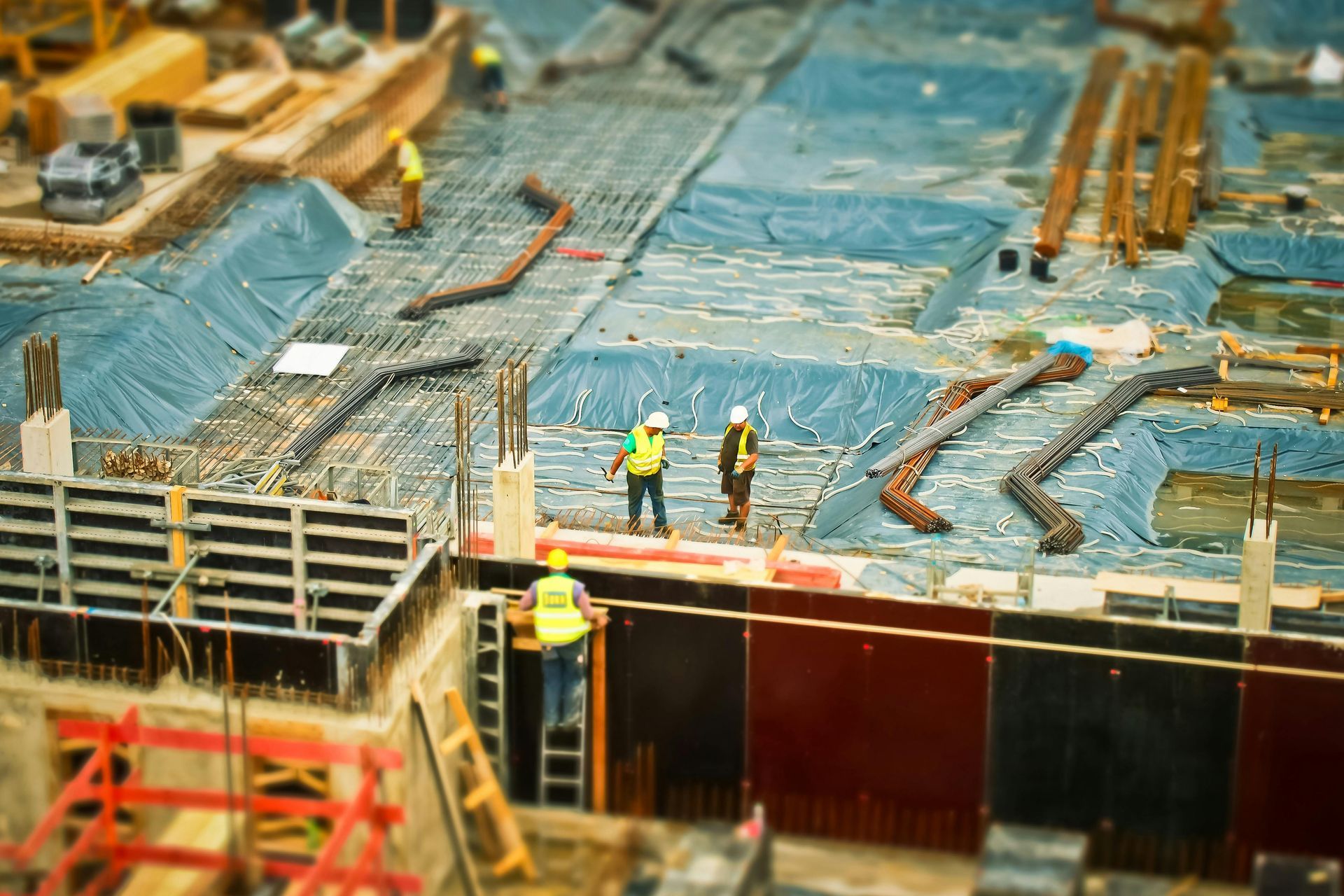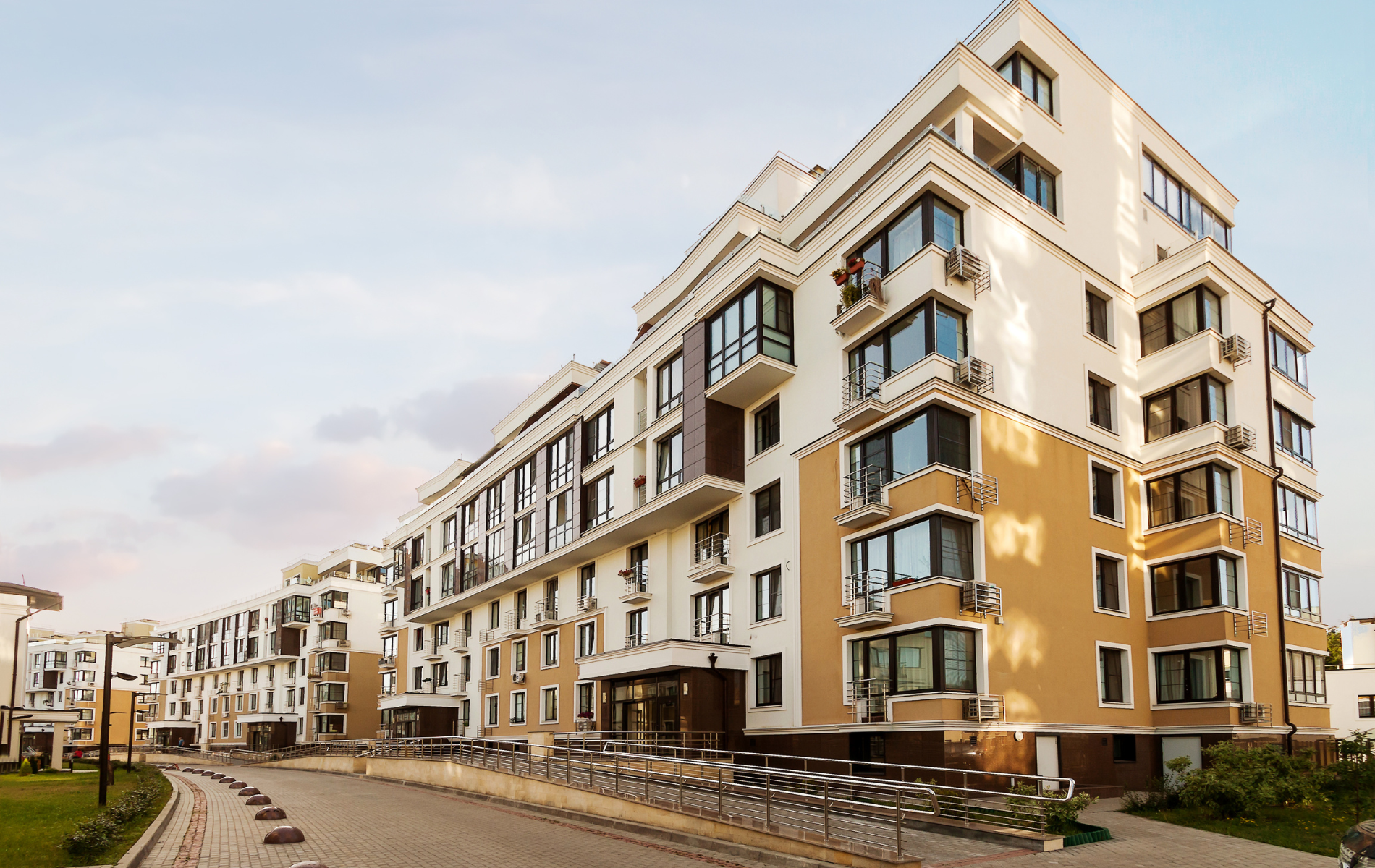Smart Building Technologies for Dallas’ Future-Ready Infrastructure
Smart Buildings in DFW: How Archline, LLC Is Redefining Efficiency, Comfort, and Sustainability in Modern Design

Dallas–Fort Worth (DFW) is one of the fastest-growing metropolitan areas in the U.S., and its building sector is at a turning point. As construction cranes crowd the skyline from Uptown to Frisco, owners and developers are looking beyond aesthetics. They want buildings that are intelligent, adaptive, and cost-efficient over their entire lifecycle.
In North Texas, where the cooling season stretches for eight months, demand charges spike during ERCOT peak events, and tenant expectations rise with each lease cycle, smart building technologies are no longer luxury upgrades — they are strategic necessities.
At
Archline, LLC, we embed smart building systems into projects from the very first design discussions. Our approach ensures that automation, IoT, analytics, and integrated controls aren’t “bolted on” at the end but are engineered into the fabric of the building. This integration delivers measurable energy savings, improves comfort, strengthens ESG credentials, and supports Dallas Green Building Program and LEED certification goals.
Why Smart Building Technologies Are Critical in Dallas
- Cooling-Dominant Climate: Dallas experiences extended high-temperature periods. Smart systems optimize HVAC operation to cut waste without compromising comfort.
- Tenant Retention & Attraction: Comfort control, air quality monitoring, and personalizable environments attract premium tenants.
- Operational Efficiency: Predictive maintenance and real-time monitoring reduce downtime and labor costs.
- Regulatory & Incentive Alignment: Oncor rebates, §179D tax deductions, and LEED/WELL credits reward smart, efficient operations.
- Resilience in a Volatile Grid: Automated demand response and energy storage keep buildings functional during ERCOT stress events.
Core Components of a Dallas-Ready Smart Building
Building Automation System (BAS)
The BAS coordinates HVAC, lighting, shading, and sometimes security and plumbing. Open-protocol systems (BACnet, Modbus) ensure flexibility for future upgrades and vendor changes.
IoT Sensor Networks
Temperature, humidity, CO₂, VOC, occupancy, and even noise sensors feed live data into control systems, enabling space-by-space optimization.
Advanced Lighting Controls
Daylight sensors, tunable white lighting, and occupancy sensors reduce lighting power density (LPD) and improve circadian alignment in schools and offices.
Energy Monitoring & Analytics
Submetering and dashboards provide both operational insights and the documentation required for incentives and certifications.
Predictive Maintenance Platforms
Equipment health is tracked through vibration, pressure, and current sensors, allowing maintenance teams to act before failures occur.
Integrated Security & Access Systems
Access control linked to occupancy data can also trigger HVAC and lighting adjustments when spaces are vacant.
Twelve Smart Building Strategies Optimized for Dallas
1. Occupancy-Based HVAC Control
Sensors detect real-time usage, enabling HVAC to scale back in unoccupied zones. In Dallas offices, this often yields 10–20% HVAC energy savings.
2. Demand Response Integration
Smart systems pre-cool spaces and shed non-critical loads ahead of ERCOT peaks, reducing both demand charges and strain on the grid.
3. Chilled Water Plant Optimization
Analytics fine-tune chiller sequencing, condenser water temperatures, and pump speeds, saving thousands annually in large commercial properties.
4. Automated Solar Shading
Motorized blinds linked to sun-tracking software cut glare and reduce cooling loads without sacrificing daylight.
5. IAQ-Responsive Ventilation
CO₂ and VOC sensors adjust outdoor air intake dynamically — maintaining indoor air quality without excessive ventilation energy costs.
6. Leak Detection Systems
Water sensors in mechanical rooms and restrooms prevent expensive water damage and operational disruptions.
7. Space Utilization Analytics
Data from occupancy sensors informs space planning, cleaning schedules, and HVAC zoning.
8. Energy Storage Integration
Battery systems managed by the BAS provide peak shaving, backup power, and renewable energy optimization.
9. Fault Detection & Diagnostics (FDD)
Algorithms flag abnormal equipment behavior — such as simultaneous heating and cooling — before it becomes a costly problem.
10. Smart Plug Load Control
Networked outlets automatically turn off non-critical loads after hours, eliminating phantom power draw.
11. Adaptive Lighting Systems
Light intensity and color temperature adjust throughout the day to support human circadian rhythms.
12. Tenant Experience Applications
Apps allow tenants to control temperature, lighting, and space booking, boosting satisfaction and operational feedback loops.
Archline’s Dallas Smart Building Integration Workflow
- Visioning & Goal Setting: Define performance targets with the owner — from EUI reductions to tenant engagement.
- System Architecture Planning: Select interoperable platforms with open protocols and future scalability.
- Sensor & Control Layout: Design placement and zoning to maximize impact with minimal redundancy.
- Simulation-Driven Design: Integrate energy modeling to test control strategies and quantify projected savings.
- Specification & Vendor Coordination: Ensure bids meet technical and interoperability requirements.
- Construction Oversight: Work with MEP trades to confirm correct installation and calibration.
- Commissioning & Training: Validate sequences and train facility teams on operations and analytics.
- Post-Occupancy Optimization: Monitor KPIs, adjust programming, and fine-tune for real-world conditions.
Ten Dallas/DFW Smart Building Case Studies
- Uptown Dallas Office Tower: BAS with advanced chiller sequencing cut HVAC energy by 14%.
- Frisco Medical Center: IAQ-linked ventilation reduced over-ventilation energy by 18%.
- Plano Corporate Campus: Smart lighting controls decreased LPD by 35%, improving WELL metrics.
- Dallas ISD High School: Occupancy-based HVAC saved $85k annually.
- Las Colinas Mixed-Use: Automated shading reduced glare complaints by 60% and peak loads by 12%.
- DFW Airport Terminal: Fault detection reduced HVAC downtime by 22%.
- Richardson Tech Park: Battery storage cut peak demand by 17%.
- Fort Worth Civic Center: Plug load management cut phantom loads by 8%.
- Addison Performing Arts Center: Adaptive lighting improved audience comfort and cut lighting energy 25%.
- Arlington Data Center: Predictive maintenance reduced failures by 30%.
Financial ROI and Incentive Opportunities
- Oncor Incentives: Rebates for lighting controls, HVAC optimization, and advanced metering.
- §179D Federal Deduction: Up to $5 per sq.ft. for documented energy improvements.
- Typical ROI: 2–5 years for many smart building investments in Dallas, especially when paired with efficiency upgrades.
- Non-Energy Value: Reduced downtime, improved tenant satisfaction, and increased asset value.
This is paragraph text. Click it or hit the Manage Text button to change the font, color, size, format, and more. To set up site-wide paragraph and title styles, go to Site Theme.
Common Pitfalls (and Archline’s Solutions)
- Vendor Lock-In: We specify open-protocol systems to ensure flexibility.
- Feature Underuse: We provide thorough training and monitoring support.
- Data Overload: We configure dashboards to focus on actionable KPIs.
- Cybersecurity Oversights: We coordinate with IT to secure building networks and devices.
Extended Dallas Smart Building FAQ
Q1: What’s the average cost of integrating smart building systems?
Costs range widely depending on building size and scope, but many Dallas projects invest 1–3% of the construction budget into smart systems, with ROI often under five years.
Q2: Can existing buildings be retrofitted?
Yes. Wireless sensors, modular BAS components, and phased integration allow retrofits without major disruption.
Q3: How do smart buildings save on cooling costs?
They optimize chiller operation, manage shading, and adjust ventilation to cut waste during peak cooling season.
Q4: Are smart systems compatible with LEED and WELL?
Absolutely — many strategies earn credits in both programs, particularly in energy, IAQ, and comfort categories.
Q5: Do these systems require constant manual oversight?
No. They automate most functions, though facility teams should review analytics regularly.
Q6: What are the cybersecurity risks?
If unsecured, systems can be vulnerable. We implement encryption, network segmentation, and regular security audits.
Q7: Can tenants control their own environments?
Yes, via apps or interfaces that link to zoned systems, within parameters set by facility management.
Q8: Do these systems work during power outages?
With battery storage or generator integration, key functions can remain operational during outages.
Q9: Are there utility incentives in Dallas?
Yes — Oncor offers incentives for specific control and efficiency measures.
Q10: How do predictive maintenance tools work?
Sensors monitor performance indicators like vibration or temperature to forecast failures and schedule repairs.
Q11: Do smart buildings require special maintenance staff?
Not necessarily. Existing staff can be trained to use dashboards and respond to alerts.
Q12: How quickly can results be seen?
Some savings are immediate; others, like maintenance cost reductions, appear over the first year.
Q13: Are these systems scalable?
Yes, open-protocol designs allow future expansion without replacing core systems.
Q14: Can smart buildings help with ESG reporting?
Yes — automated data collection simplifies energy, water, and IAQ reporting for ESG frameworks.
Q15: Do they improve tenant health?
Better IAQ, lighting quality, and thermal comfort can improve well-being and productivity.
Q16: Are Dallas codes supportive of smart tech?
Yes, the Dallas Green Building Program aligns with many smart building measures.
Q17: Can they integrate renewable energy?
Yes, PV and battery systems can be managed by the BAS for optimal use.
Q18: Do they work in mixed-use developments?
Yes, with zoning and system segregation to accommodate different use types.
Q19: Are rebates only for new construction?
No, many incentives also apply to retrofits.
Q20: How does Archline ensure systems deliver promised savings?
Through commissioning, training, post-occupancy monitoring, and continuous optimization.
Why Dallas Developers Choose Archline for Smart Building Projects
- Integrated Design: We bring architects, engineers, and technology specialists to the same table early.
- Local Knowledge: We know Dallas' climate, utility programs, and code requirements inside and out.
- Vendor Neutrality: We design around the best technology for your needs, not the one tied to a single manufacturer.
- Lifecycle Support: From design through occupancy and beyond, we ensure systems keep delivering value.
Call to Action
If you’re planning a new development or retrofit in Dallas, now is the time to make it smart. The right systems will pay for themselves in lower costs, happier tenants, and higher asset value.
Call: (214) 304-2850
Email: archline@archline.com



